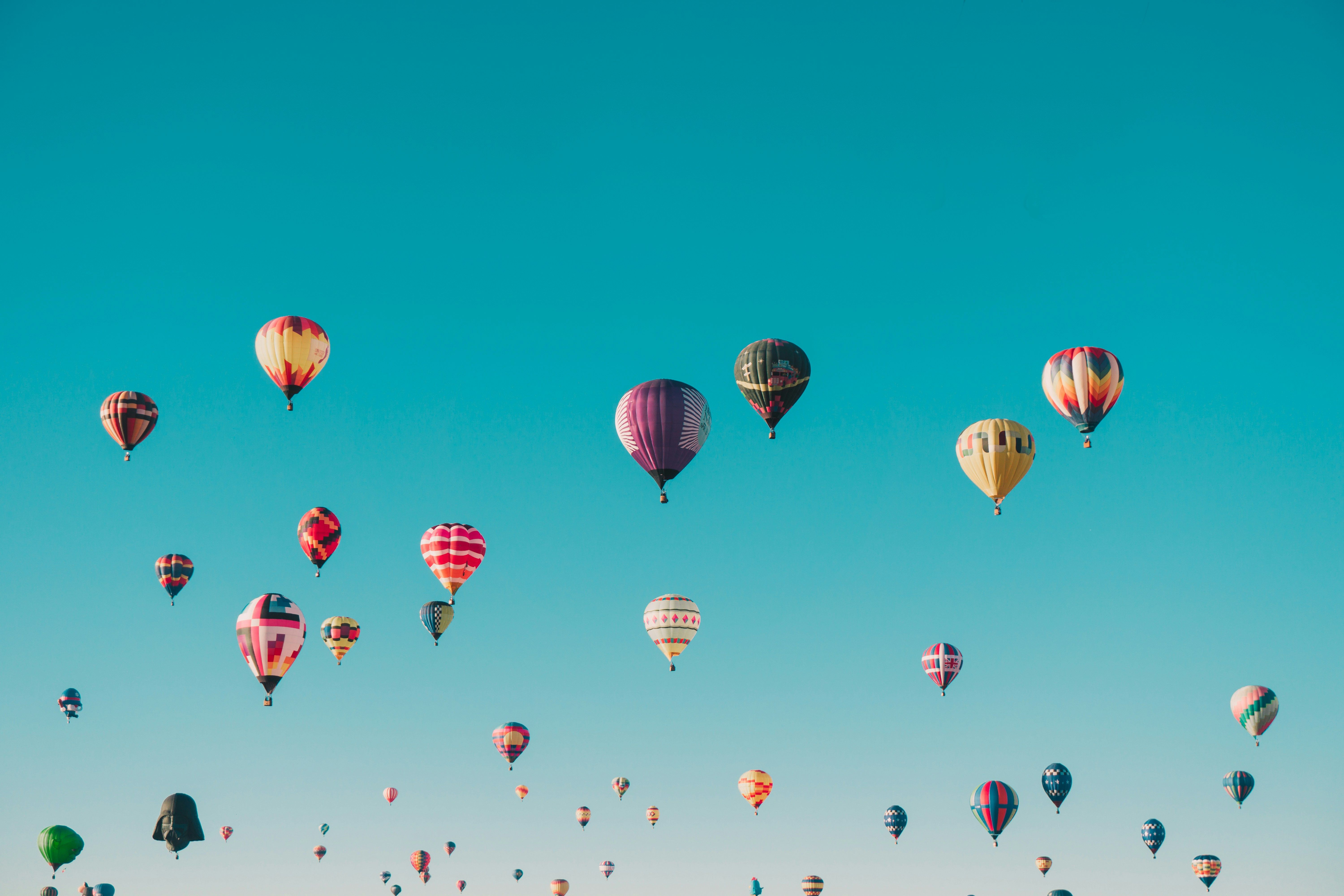Guest Post by Water & Music
The following guest post is an abridged version of “Music NFT sales in 2021: What we learned,” a longform analysis of 2021 music NFT sales conducted by the Water & Music community in April 2022.
That full article — which includes a more in-depth discussion of case studies, NFT utility, and sales trends beyond what is in this post — can be viewed here.
The underlying sales data that informed our analysis is available in our music/Web3 dashboard, which is available exclusively to Water & Music members.
At Water & Music, we’ve been tracking music NFT drops since summer 2020 in a members-only database. While it is not exhaustive, we believe it is the most comprehensive view of music NFT primary sales that exists in the world today, and we continue to update, amend, and improve our data every week.
As NFTs continue to pervade the mainstream discourse, we thought now would be a good time to examine what we learned from music NFT sales in 2021. Over the course of six weeks, more than 20 contributors in our community worked together to analyze pricing and utility trends across over 1,500 music NFT drops in 2021, representing more than $86M in primary sales.
A bit about our database: In our tracking, we define a “music NFT” fairly liberally as an NFT that satisfies any of the following criteria:
- Sold directly by an artist or music brand (e.g., Vérité, Billboard)
- Features cited musical/audio contributions from a recording artist (e.g., The Dreamers)
- Tied inherently to an artist or music brand in its perceived value (e.g., Leon Bridges / Wrangler, Nas on Royal)
- Revolves around music or music culture as its core theme or value proposition to collectors (e.g., SpeakerHeads)
- Released on music-specific NFT platforms (e.g., Royal, Catalog)
In our view, an NFT does not have to contain audio to be related to music, nor do we consider every NFT that contains music audio to be an “Music NFT”. More broadly, our goal is to show where musicians or music brands are benefiting from the technology.
In our collaborative analysis, we found the following high-level takeaways:
Both in terms of number of drops and total revenue in USD equivalent sales, music NFT activity spiked early in 2021, cooled down in the summer, and then rose again in Q4. This reflected the overall NFT market.
LABELS:
Indie-label and unsigned artists accounted for the majority (64%) of primary music NFT sales. The absence of middlemen has been a strong rallying cry for many artists entering web3, particularly the appeal of artists having direct control of rights and access to their own communities.
GENRES:
In our analysis, we defined genres broadly and at a very high level (no multi-hyphenate sub-genres here), and found that the most popular genre by share of primary sales revenue was electronic (65%), followed by hip-hop (19%). While the trend stayed true over time, we began seeing…
Read More: opensea.io









 Bitcoin
Bitcoin  Ethereum
Ethereum  Tether
Tether  Solana
Solana  XRP
XRP  Dogecoin
Dogecoin  USDC
USDC  Cardano
Cardano  Lido Staked Ether
Lido Staked Ether  Avalanche
Avalanche  TRON
TRON  Toncoin
Toncoin  Stellar
Stellar  Wrapped stETH
Wrapped stETH  Shiba Inu
Shiba Inu  Wrapped Bitcoin
Wrapped Bitcoin  Polkadot
Polkadot  Chainlink
Chainlink  WETH
WETH  Bitcoin Cash
Bitcoin Cash  Sui
Sui  Pepe
Pepe  NEAR Protocol
NEAR Protocol  LEO Token
LEO Token  Uniswap
Uniswap  Litecoin
Litecoin  Aptos
Aptos  Wrapped eETH
Wrapped eETH  Hedera
Hedera  Internet Computer
Internet Computer  USDS
USDS  Cronos
Cronos  Ethereum Classic
Ethereum Classic  POL (ex-MATIC)
POL (ex-MATIC)  Bittensor
Bittensor  Render
Render  Ethena USDe
Ethena USDe  Artificial Superintelligence Alliance
Artificial Superintelligence Alliance  Arbitrum
Arbitrum  Filecoin
Filecoin  Celestia
Celestia  Bonk
Bonk  Dai
Dai  Stacks
Stacks  WhiteBIT Coin
WhiteBIT Coin  Cosmos Hub
Cosmos Hub  Immutable
Immutable